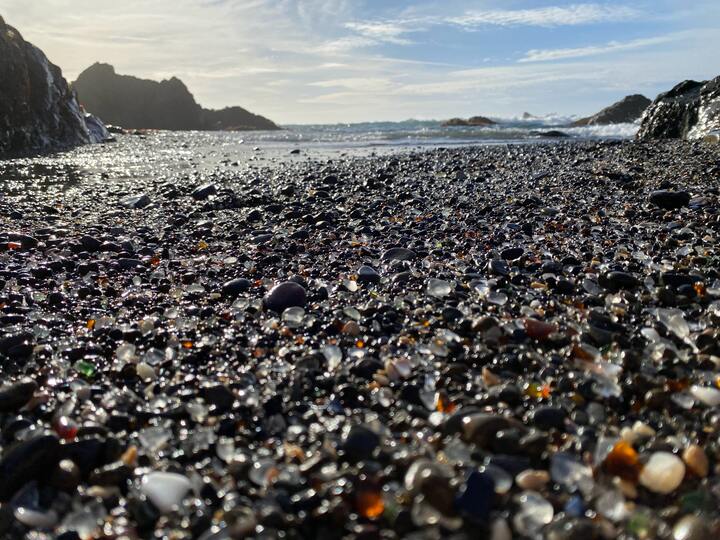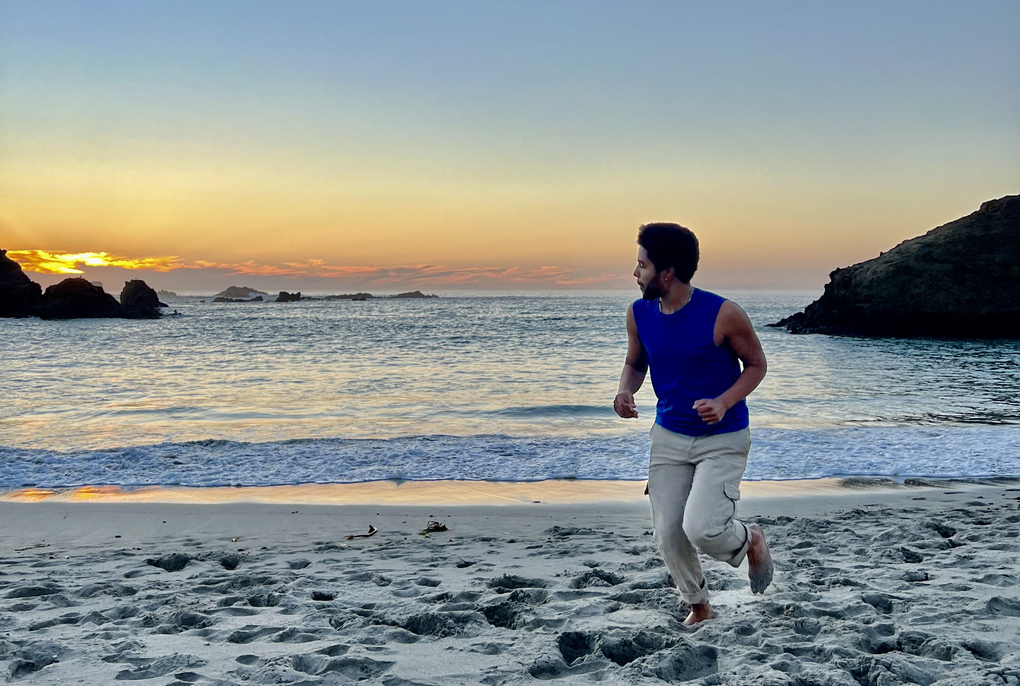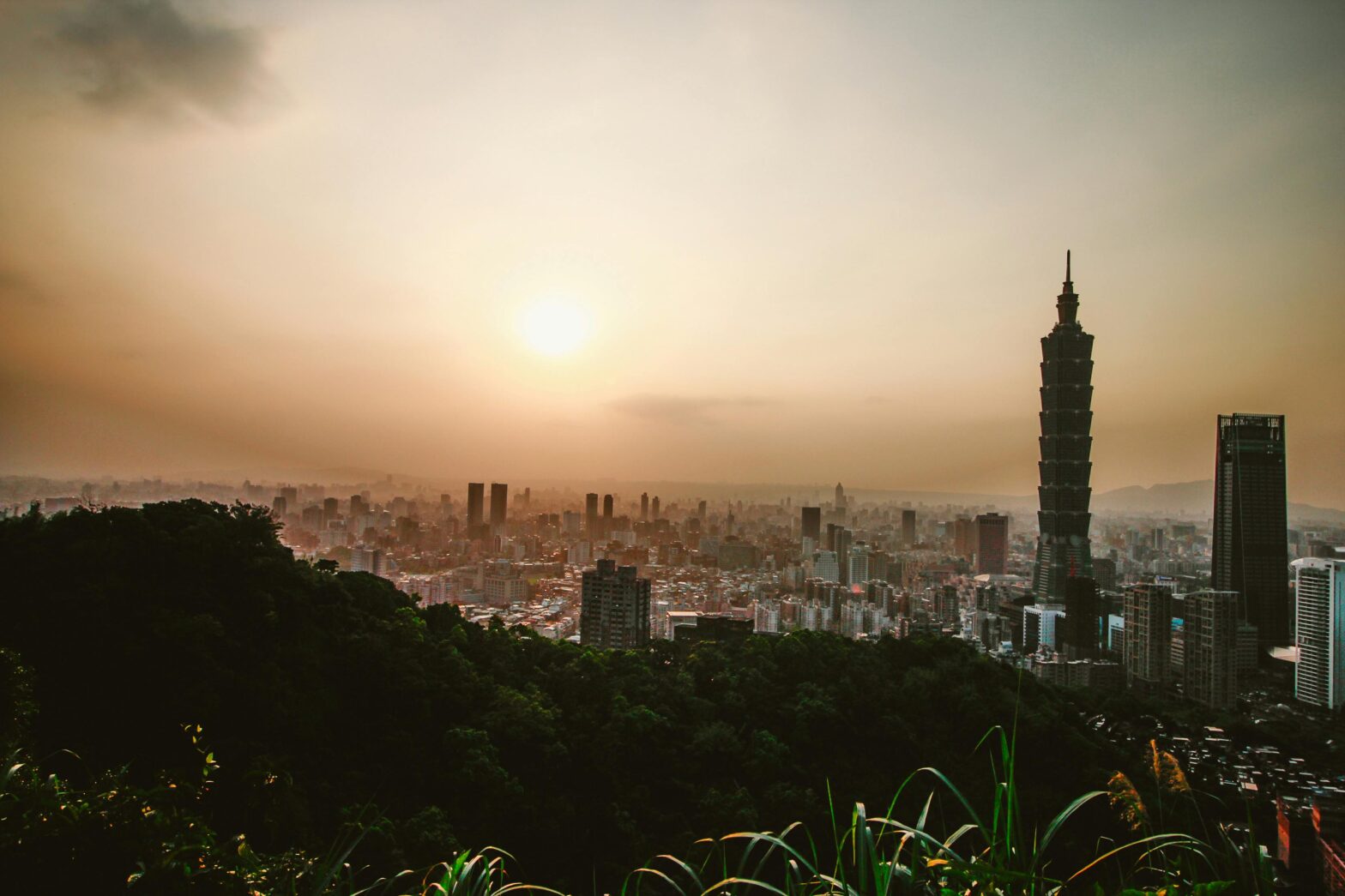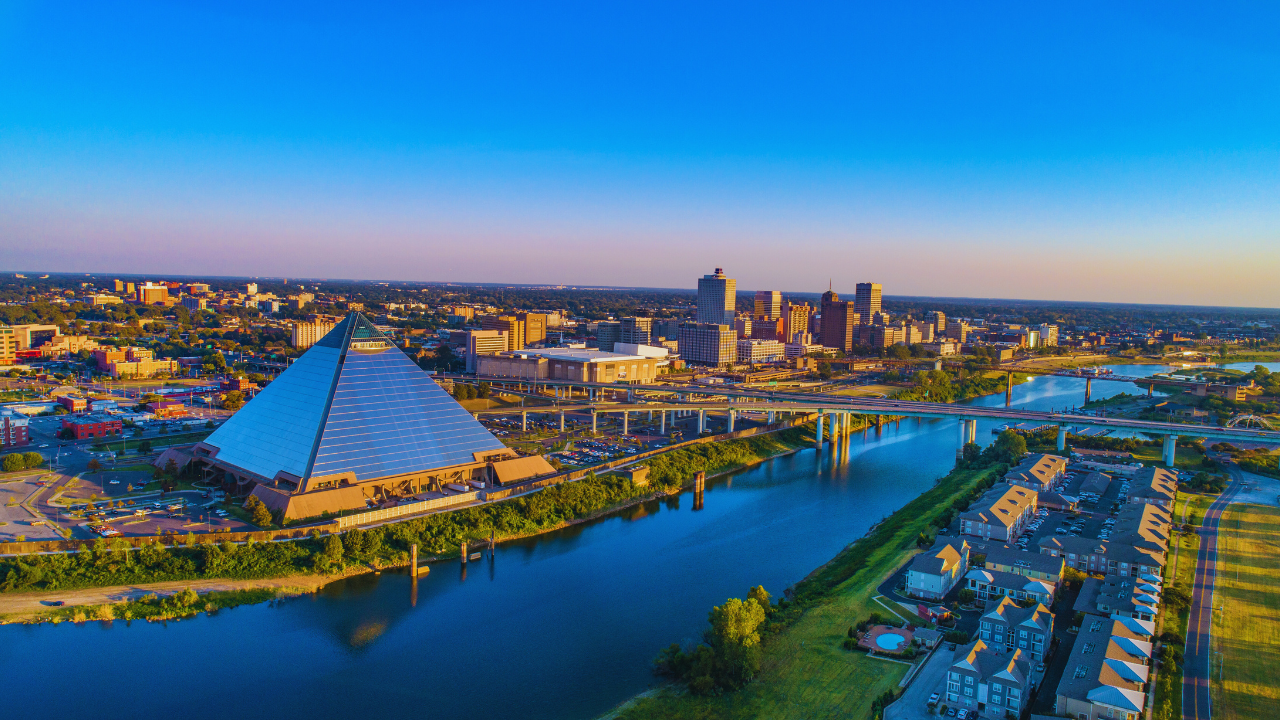Fort Bragg, California is home to a man made anomaly that has caused a small region along the Northern California coast to be entirely made up of glass aka Glass Beach.
Located in MacKerricher State Park, the colorful sedimentary layered on top of each other on this beach can not be taken home. When you first enter glass beach, the gray surface of the coast looks normal and rather dreary, but once you step onto the coast you can see the shiny stones and materials.
In Mendocino County, the early 1900s allowed this region to become a water dump area where discarded glass waste was left for years.
Unknowingly, this created a popular tourist destination for those who are looking to travel a little over 3 hours north of San Francisco to catch a glimpse of this not-so-soft beach. The coast of Glass Beach isn’t the best to sit on because of the glass materials that were left there, and smoothed out over decades. Although this beach attracts tens of thousands of tourists a month, there are still plenty of multicolored substances to look at while walking along the beach.

Families tend to bring their kids because they love collecting the colorful rocks and glass on the beach. Ranging from bright lavender to indigo to fluorescent green, these glass materials feel and look like stone and visitors oftentimes spend hours at this beach to really analyze the abnormal coast.
The controversy that surrounds Glass Beach is that it used to be a dumpsite, which harms the environment and the ocean’s ecosystem. Indigenous communities nearby criticize how the community has handled the waste of plastics and materials that aren’t natural to the Northern California coast. The materials that were biodegradable broke completely down over the last century, while the glass materials were ground down into tiny looking pebbles.
The only way to experience Glass Beach truly is in person because of the small size of rainbow-colored transparent stones. These glimmering pieces can be best seen up close while standing on the coast because of how small they may look at first to the human eye.
Related: 5 Under-The-Radar Beaches In Costa Rica You’ll Want To See For Yourself





